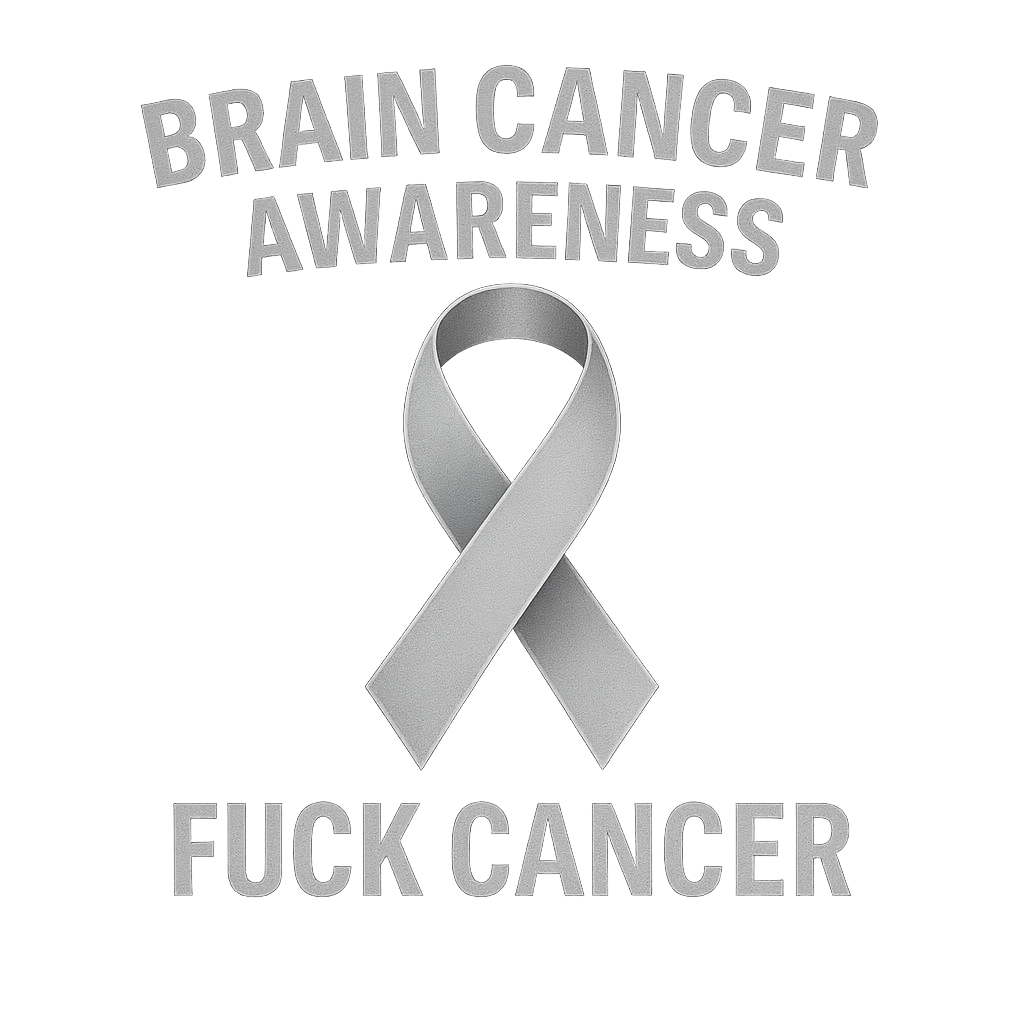The Crash — Deep Timeline
- 08:10 Coffee. Short errand list. Normal morning. Sky clear, dry roads.
- 09:05 Heading out. Seat adjusted higher than usual for visibility. Radio low.
- 09:14 Merge complete. Settled mid‑lane behind two cars. Following distance reasonable for speed.
- 09:17:00 Vehicle two ahead cuts across to make a late turn. Chain reaction begins.
- 09:17:02 Hard brake. ABS chatters. I steer straight to hold traction; no clean escape line opens.
- 09:17:04 Impact. Airbags ignite. Seatbelt arrests forward motion. Windshield spiders instantly.
- 09:17:40 Post‑impact quiet. Powder smell, hot metal. Self‑check: awake, breathing, moving fingers and toes.
- 09:20 Bystanders open door, keep me still. Someone calls 911 with location and number of vehicles.
- 09:22 EMS on scene. C‑spine stabilized. Backboard applied. Basic neuro check: awake and oriented.
- 09:31 Transport. Oxygen via nasal cannula; IV line in. Crew radios “possible head/neck involvement.”
- 09:39 ER bay. Triage to trauma. Monitors on. Blood drawn. Rapid questions answered.
- 09:46 Trauma ward admit for observation and imaging queue.
What I remember
- No loss of consciousness.
- Airbag dust taste, chest belt bruise, ringing ears.
- Could move all limbs; speech intact but shaky.
What others told me
- Impact triggered by a late cross‑lane turn ahead.
- Front end collapsed; vehicle later declared total loss.
- Vitals stable en route; observation indicated due to mechanism of injury.
Mechanics of the Hit
There was no good escape lane; swerving would have traded one collision for another. Braking straight kept the tires planted. The belt did its job and the airbag did its violent hug. Pain mapped exactly where safety systems saved me: shoulder strap, sternum, and the bridge of the nose from the bag pop.


From Curb to Trauma Ward
Bystanders kept me still and talking—exactly right after a hit like this. EMS immobilized my neck, started an IV, and kept questions simple to check orientation. The ambulance ride was siren, radio chatter, and the steady beeping of monitors. In the ER bay it turned into bright lights, rapid vitals, bloodwork, and orders for scans.
Trauma intake moved fast: triage category set, repeat neuro checks, pain control held to keep the exam clean, and imaging queued. That’s the doorway where this crash story crosses into the cancer story—the scans that followed changed everything.
Terms They Used (Plain English)
- Mechanism of injury
- How the crash happened and why it can cause internal damage even when you look “okay.”
- C‑spine
- Neck area. They brace it until they’re sure there’s no damage.
- Observation
- Stay under watch for hours while they repeat checks and review scans.

